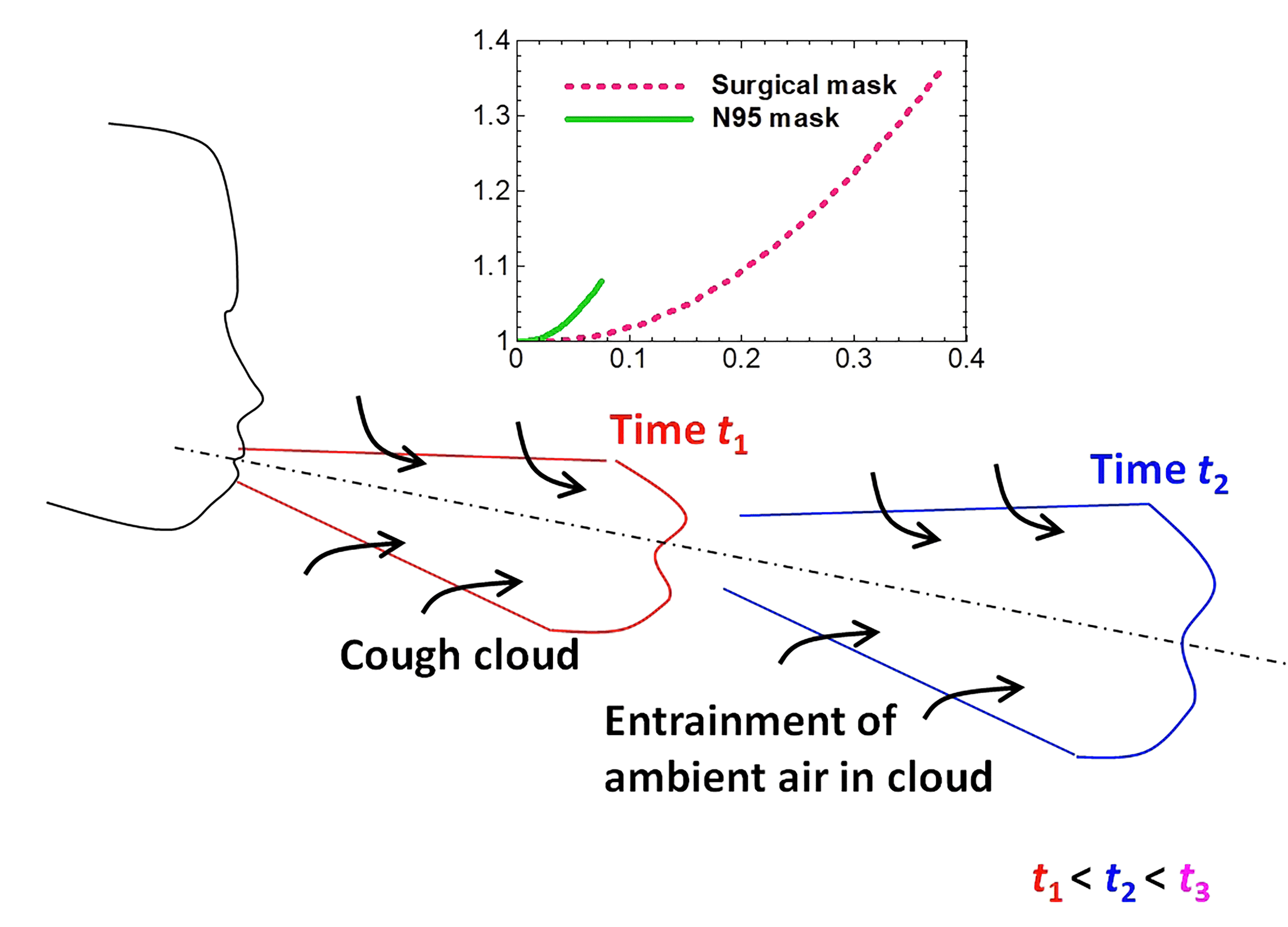What is Sinusitis?
Sinuses are spaces found inside the facial bones and skull. It is covered with respiratory cells. Tasks; To prevent inhalation by heating, humidifying the air, trapping foreign particles, secreting mucus and trapping bacteria. Inflammation of the cell layer covering the sinuses is called sinusitis. In sinusitis, the mouth of the sinuses is edematous and blocked. This can be caused by both bacteria and viruses.
What are the Symptoms of Sinusitis?
Symptoms seen in acute sinusitis after the common cold and cold:
- Stuffy nose
- Yellow, green, or bloody nasal discharge
- Pain around the eyes
- Cheek pain that can be mistaken for toothache,
- Feeling of pressure on the face,
- Facial or headache that increases by leaning forward
- Bad breath
- Sometimes complaints of dry cough or stomach upset.
- Fever is a less common symptom.
In chronic sinusitis, the duration of symptoms is more than three months.
- Dark runny nose
- Postnasal drip
- Stuffy nose
- Lack of smell
- Cough (especially at night)
What Causes Sinusitis?
There can be many reasons why sinusitis occurs. For example; Chronic sinusitis may develop due to allergies. Adenoid flesh, curvature of the nose, cystic fibrosis, insufficient immune system and strong squirting are among the causes of chronic sinusitis. In addition, swimmers who are constantly submerged may develop sinusitis. Polyps and tumors in the nose, foreign body, anatomical abnormalities in the nose and dental infections are other factors that cause sinusitis.
Who Has Sinusitis Most?
In acute sinusitis, sinusitis is more common in those with nasal bone and cartilage arches, nasal allergies and nasal polyps, foreign body in the nose, nasal and sinus fractures, and nasal packing.
Other risk factors are more common in the nose, in cases of excessive mucus concentration, syndromes with impaired nasal cleansing functions, and diseases with impaired immune system.
Acute Sinusitis
They usually occur with the common cold following an upper respiratory tract infection such as the flu. Fever, inflammatory yellow-green runny nose, runny nose, nasal congestion, headache, nocturnal irritation cough and pain in the sinuses are common symptoms. Infections can occur around the eyes due to sinusitis.
Acu Sinusitis Treatment
Acute sinusitis is diagnosed by physical examination. Radiology can be used if necessary. Sinus aspiration can be performed in very severe cases that do not respond to treatment.
A patient diagnosed with sinusitis is treated with appropriate antibiotics, nasal sprays, pain relievers, and decongestant medications. Antiallergic drugs are added to the treatment in patients who are thought to be allergic.
What is Chronic Sinusitis?
Chronic sinusitis is a chronic disease that lasts at least 12 weeks and is characterized by nasal congestion, reduced odor, runny and runny nose, and pressure and pain in the face. These patients feel fatigue as well as sick symptoms. A patient with these symptoms can be diagnosed with sinus endoscopy or sinus tomography. In addition to infection, structural anomalies, foreign bodies, tumors and polyps may also play an allergy role in chronic sinusitis.
Chronic Sinusitis Treatment
The patient diagnosed is treated according to the cause. Chronic sinusitis is one of the diseases that disrupt people’s living comfort. Therefore, it should be treated. Surgical treatment may be considered in cases that do not respond to drug therapy in adult patients.
What can be done to protect it?
- Humidifying the air that dries well in winter, especially in heating homes, with a steam machine that will reach 35-50 percent humidity, which is ideal for the respiratory tract.
- Avoiding polluted air that dries the nose and impairs the cleaning function.
- Drinking plenty of water during a cold.
- If you have allergic rhinitis, always pay attention to allergy precautions and treatment.
How is it diagnosed?
During examination, the nasal mucous membranes are swollen and red. There is sensitivity in the sinuses. In the examination performed by endoscopy, the areas where the sinuses are divided into the nose are evaluated in more detail. Inflammatory currents in these areas are sufficient to diagnose sinusitis. However, computed tomography can be used in diagnosis.
How is Sinusitis Treated?
Initially, for sinusitis, antibiotics, nasal drops and pain relievers are used to facilitate the evacuation of the sinuses. The patient is recommended to clean the nose with saline. Also, if you have allergies; allergy medications can prevent the development of sinusitis.
Antibiotics used in chronic sinusitis are stronger and used for a long time. Sinus lavages, endoscopic sinus surgeries, and open surgeries may also be required.



